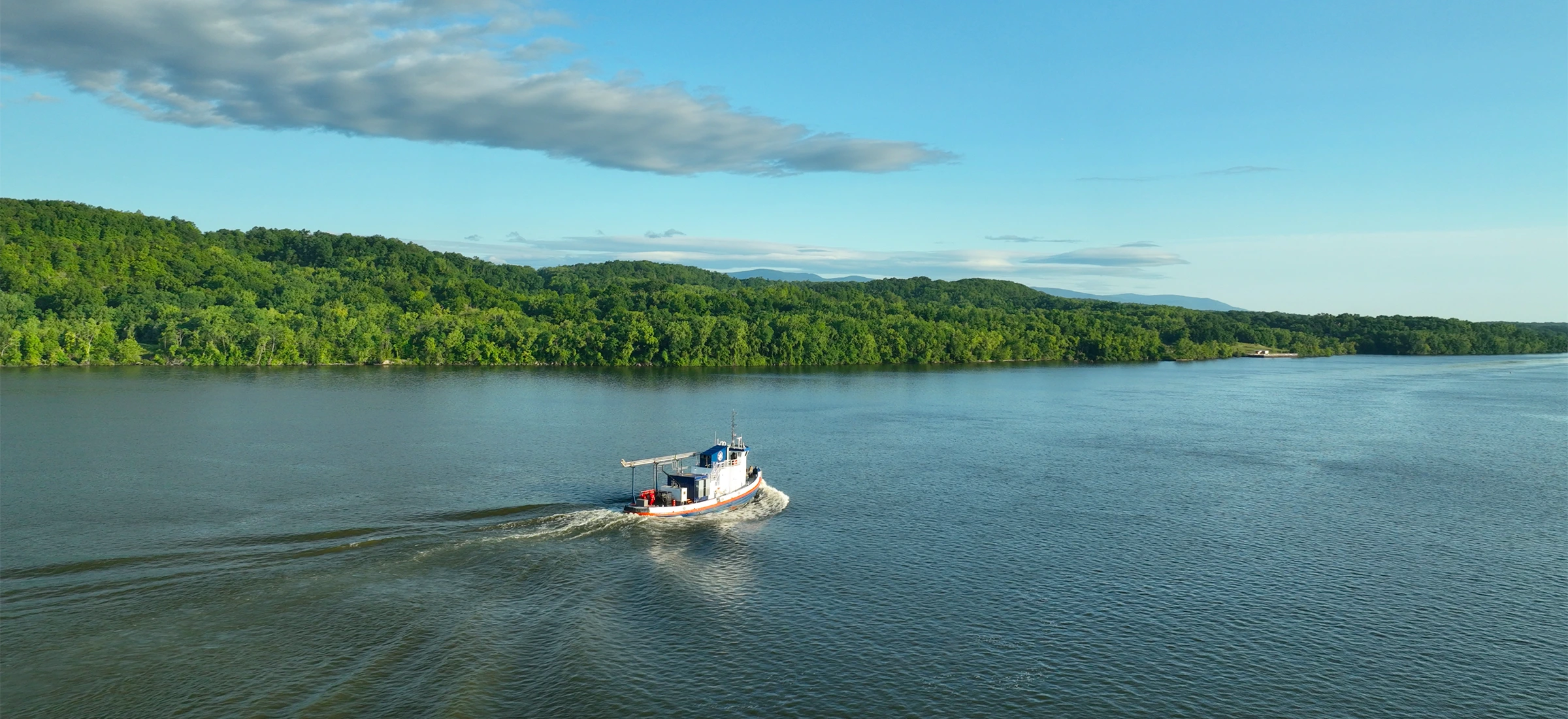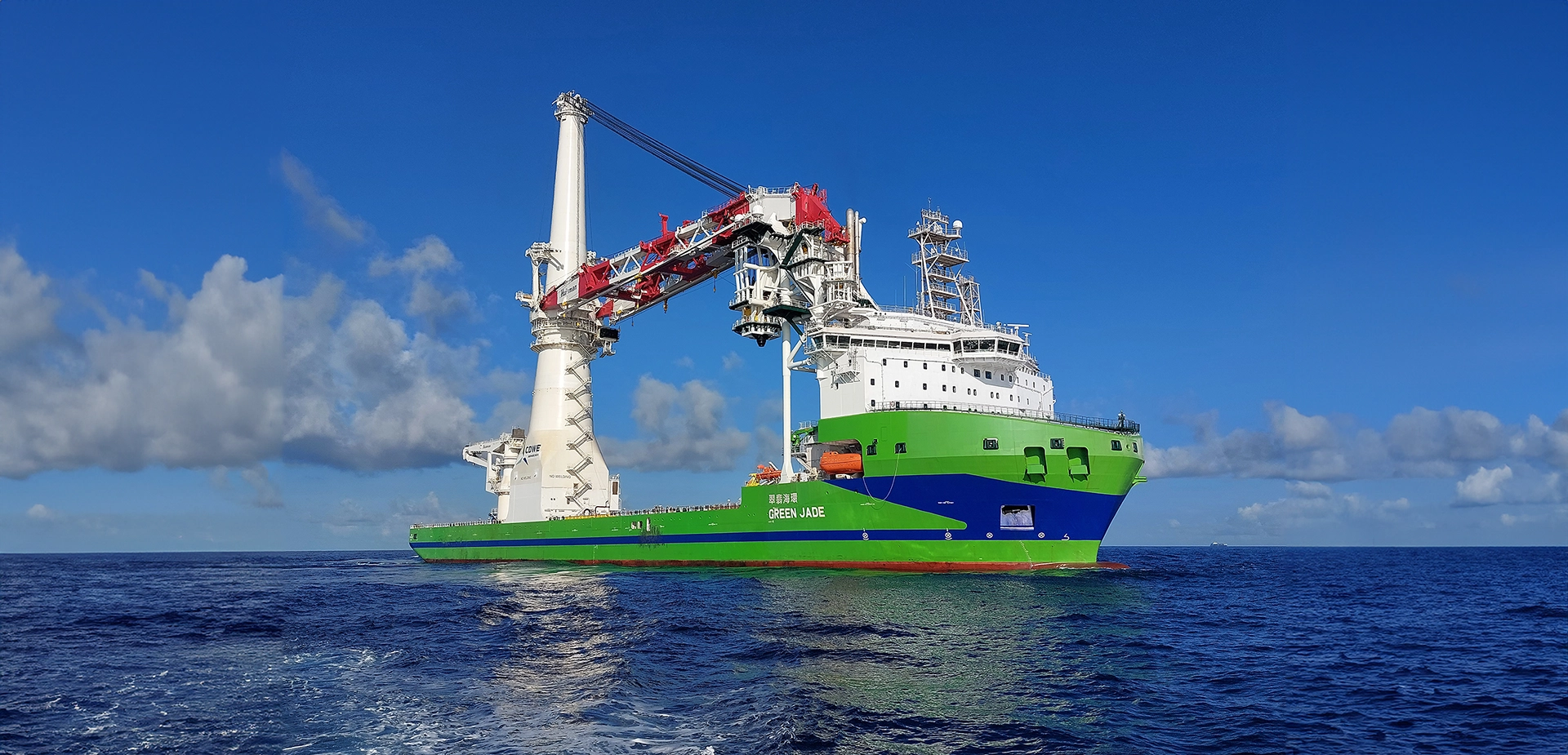Case studies
Explore a world of different C-Job projects for all vessel types, with a full range of C-Job services from design and engineering for new build vessels, modernizations and conversions, to future fuels and technologies that contribute to reducing harmful emissions.

Chemgas Sno, Storm, Sumatra – for Chemgas
Chemgas operates its own fleet of inland, seagoing, and sea/river-going vessels to transport petrochemical gases. When the company decided to update its fleet, C-Job assisted to ensure that designs for three new LPG inland tankers – called Sno, Storm and Sumatra – were feasible. We also visualized proposed changes, and prepared final specifications for the shipyard.
Read more
NH₃ Kraken – for Amogy
C-Job is helping to pave the way for a greener shipping industry as a knowledge partner for Amogy,a dedicated specialist in ammonia-based energy solutions. We helped integrate the company's revolutionary ammonia-to-power system into the tugboat NH₃ Kraken, and supported onsite execution activities at the shipyard, including modernization, construction, engine removal, and other challenges.
Read more
Green Jade – for CSBC
C-Job supported CSBC with basic design and main crane integration for the Green Jade, the first heavy lift and offshore wind installation vessel built in Taiwan. The vessel, which features a crane with 4,000 tons of lifting capacity and DP3 capability, was launched by CDWE, a joint venture between CSBC and DEME Offshore, and entered service in 2023.
Read more
C-Job and LH2 Europe – liquid hydrogen tanker
C-Job has worked in partnership with LH2 Europe to develop an initial design for a liquid hydrogen tanker of 141 meters with a storage capacity of 37,500 cubic meters. The tanker concept is a critical element in realizing a green end-to-end liquid hydrogen supply chain.
Read more
A new CSD 30″ – for the Port of Portland
To maintain its shipping channel, the maintenance dredger Oregon has been hard at work for the Port of Portland since its construction in 1965. Due to its age, the Port reached out to C-Job to create a concept design for a new CSD 30”, to replace the Oregon, which could run on marine diesel oil and also be methanol-ready.
Read more
Offshore construction vessel
C-Job continuously evaluates the maritime sector and its evolving requirements. Based on signals from the marketplace, we saw the potential need for multiple construction support vessels, where crane capacity is lacking and existing ships are aging.
Read more
New generation push boats – design for thyssenkrupp Veerhaven
thyssenkrupp Veerhaven is exploring opportunities for a new generation of climate-friendly pusher boats: an EU Stage V emission standards push boat, and/or a dual-fuel methanol-diesel push boat. C-Job provided two different concept designs for each type of vessel, which had to navigate the river Rhine, deliver low OPEX, and provide good crew comfort.
Read more
Nuclear-powered commercial vessel
Research by C-Job demonstrates the potential for nuclear energy to become an alternative energy source which could contribute to the decarbonization of commercial shipping. This is in part due to the development of small modular reactors (SMRs) and advances in nuclear technologies. Additional C-Job studies explore new economical design speeds when using nuclear energy as a propulsion source for future cases.
Read more
Offshore wind feeder
C-Job Naval Architects has created an offshore wind feeder vessel for efficient transportation of wind turbine components, initially for the US market. By acting as a feeder vessel, our concept increases the efficiency of local wind turbine installation vessels (WTIVs).
Read moreSubscribe to our newsletter
Sign up for our bi-monthly newsletter, the NewsFlash, and keep up to date with C-Job news.